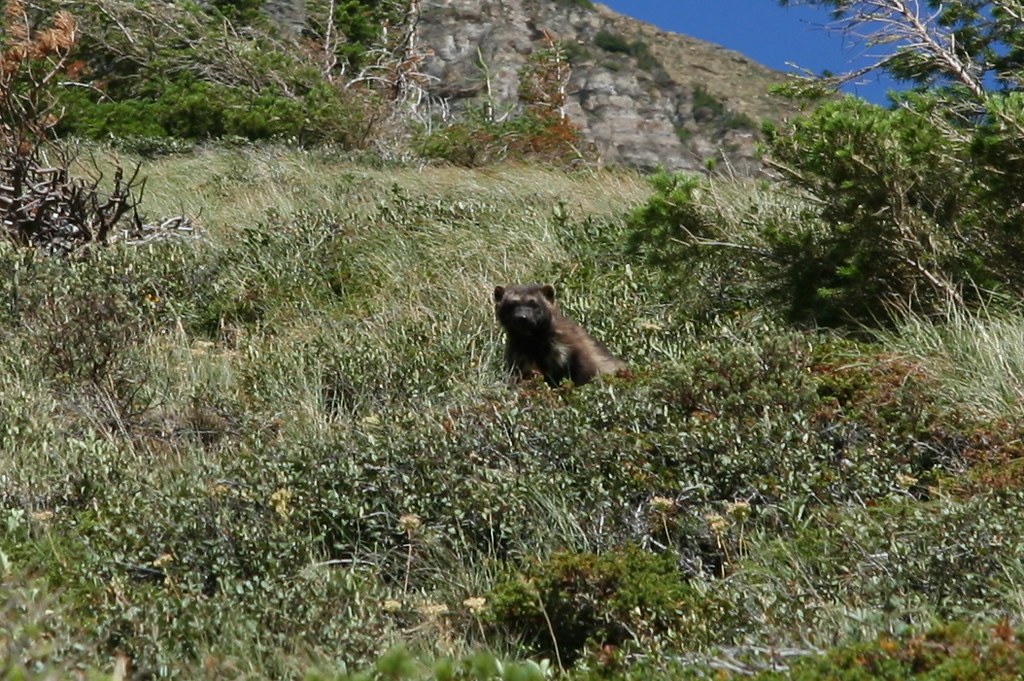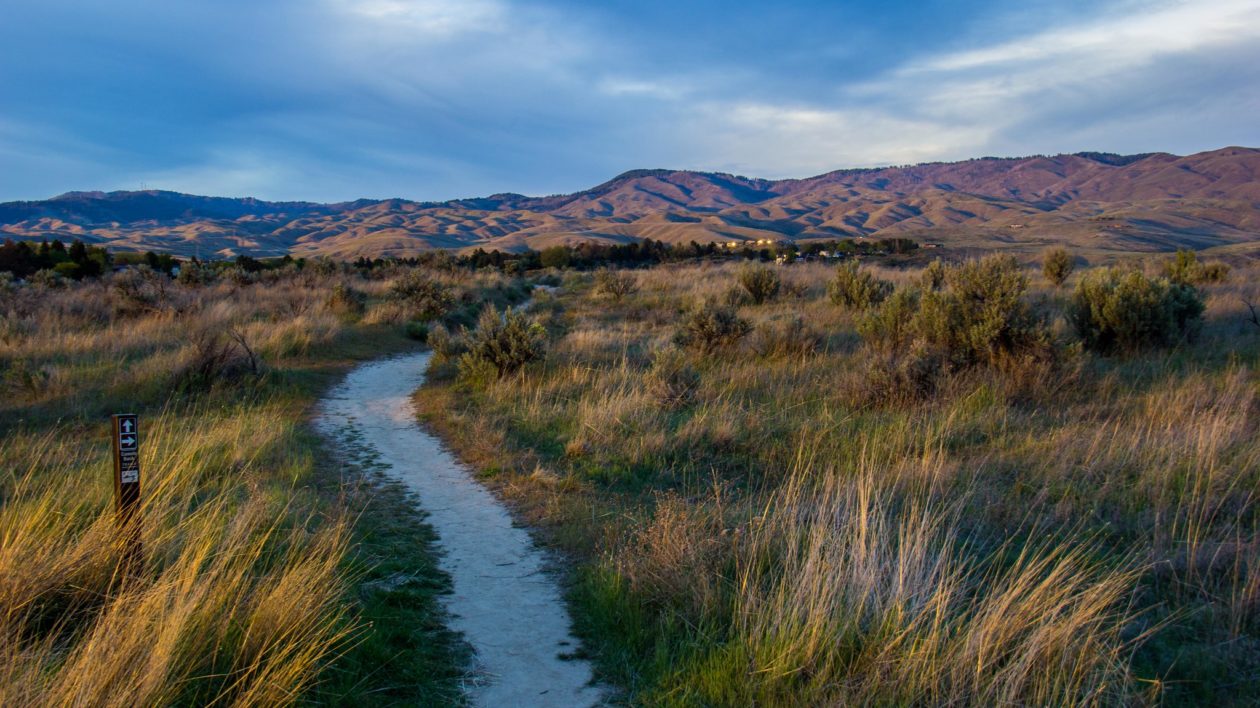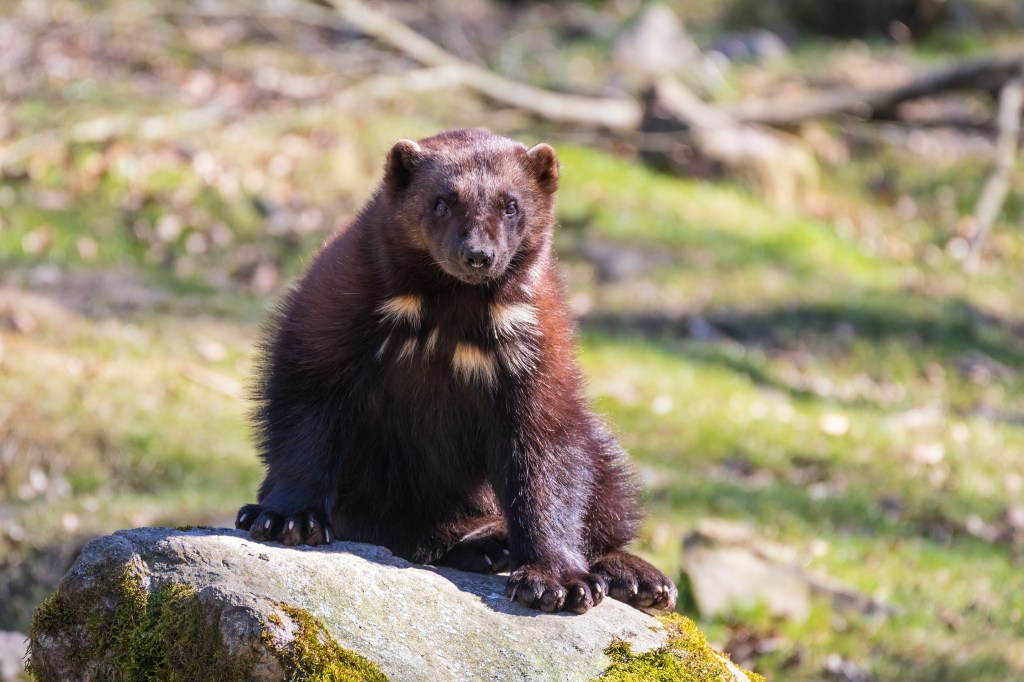There’s a wolverine roaming my neighborhood, hiding in city parks and ready to snarf up any wayward puppies and kittens. At least that’s what some of my neighbors believe.
It started when I joined one of those neighborhood apps that connect you with the local community and share information on road closures, new restaurants, safety issues. That sort of thing. I was expecting a certain degree of useless info: this is social media, after all.
I was not expecting the wildlife.
Wildlife, it turns out, is one of the most popular topics. Often, people report sightings or share tips related to the local fauna. I see such posts and am drawn to them like the proverbial moth to a flame. Like the moth, I come to regret the decision.
Recently I saw a mention of a wolverine. I live in Boise, Idaho. Now, a wolverine is theoretically possible. Wolverines are found in Idaho, but they are rare, elusive and tend to live deep in the mountain wilderness. A wolverine in a city park?
The voice in the back of my head was screaming, “Don’t open it!”
You know what I did because you’ve done the same thing.
It was not a wolverine. It was stocky, short-legged and grizzled, with a striped face: a badger.

A badger is a very cool sighting in its own right. They live on the outskirts of Boise and turn up from time to time in city limits. It’s not exactly common, but there are badgers. I thought this would be a straightforward wildlife ID scenario, which proves that I am incredibly naïve.
Team Wolverine was out in full force, arguing their case. I provided several resources and pointers on how to tell a badger from a wolverine, including a link to my blog on avoiding wildlife misidentification. I thought I was being helpful. Other participants reacted with hostility. The original poster noted she had received more than 400 responses, and they were evenly split between wolverine and badger.
One woman wrote to me that her brother, who lived in a rural area, told her that wolverines were leaving the mountains, moving into towns and eating pets, a statement that is not remotely true.
I became annoyed, then exasperated, then I deleted my responses.

A wolverine roaming town is a bit of an extreme example, but it’s hardly an isolated one. I see bobcats that are identified as mountain lions or lynx, foxes that are coyotes, coyotes that are wolves. There is a popular sub-genre of the wildlife post that warns of extreme dangers posed by local wildlife. Any missing pet is the victim of a coyote. Any snake is venomous.
One post began “Keep a close eye on your pets and kids!” The threat? A red-tailed hawk.
It’s tempting, of course, to attribute all this to an increasing disconnect between people and nature. In reality, wildlife myths and folklore have been around for a very long time. But social media can help spread misidentification and misinformation.
Then again, one poster on the wolverine issue asked, “What’s it matter what people call it?”
I admit, as a naturalist, that my first response was inner rage. Upon further review, though, it’s a worthy question.

What’s It Matter?
For the first time in history, most of the world’s people will live in cities. While wildlife is often presented as living in wilderness areas and national parks, the reality is it is all around us. Many conservationists argue that a key to a biodiverse future is for people to learn to live alongside wild creatures.
And that’s where wildlife misidentification and misinformation influence how we perceive local biodiversity. The wrong information can make it seem like we can’t possibly live alongside wild animals.
Misinformation leads to people killing innocuous snakes. It turns a nature preserve from a valued public resource to a safe harbor for voracious predators and pests. People call for predator control. Neighbors ignore the state agency when it asks them to take down their birdfeeders due to a disease outbreak, because someone on the neighborhood app called it a hoax.
It leads to a devaluing of life around us, making coexistence that much more difficult.
For me, I will own that there’s a personal element. And it’s this. As a science communicator, if I can’t even convince someone that a badger is not a wolverine, what possible hope do I have of changing minds about climate change?
I see the wolverine post and I suspect, deep down, that my work is not making a difference, will never make a difference. I’m communicating to people who are already on board the Nature Train. I’m not changing minds.
However, if I take a step back, I realize there’s a different way to see all this. Perhaps my worldview as a fanatic naturalist is getting in the way of seeing some hope here.

A Wild Opportunity
As I glance through all those wildlife posts, it suddenly hits me. This is not a reason for doom-and-gloom. It’s pretty obvious: People are interested in wildlife.
They don’t see it as a boring topic. It’s of intense interest. And yes, maybe there’s wrong information floating around, but surely this is an opportunity?
It’s hardly a secret that many people turned to nature activities during the pandemic. They’re noticing what’s happening outside their window or the city park. As my friend Megan Grover-Cereda, communications director for The Nature Conservancy in Idaho, wrote to me, “Many people are really seeing for the first time.”
They’re seeing the nature right around them, and wondering, and interpreting. Where they go for information matters. How we provide it does, too.

Often, conservation communicators think in terms of educating around the big, global, complicated issues. But there’s a role for helping people understand and appreciate the local, the small, the overlooked. Getting into an argument on a neighborhood wolverine post is exactly the wrong way to go about it. But there is much to be done. Schools, community groups, zoom meetings, live conferences (hopefully) and various storytelling outlets offer ways to educate those with a genuine interest. It can offer useful information on coexistence for those becoming interested in nature, perhaps for the first time in their lives.
I speak to a lot of university classes, and I’m heartened that young scientists recognize that publishing in journals isn’t enough. They want to reach those outside their fields. And many understand that whatever they study, they have a role to play.
I think of David Steen, the biologist who tirelessly answers snake ID questions and counters snake myths on Twitter. He knows that snake misidentification leads to dead snakes, and so he keeps offering his assistance. My friend Solomon David does similar things for the overlooked fish, also often unfairly vilified. Graduate student Lauren Pharr loves sharing the inner lives of the birds that live among us.
I’m sure they all feel at times deflated and demoralized, as they put the time into countering a wildlife myth, only to have it pop up again a week later. I’m sure they get tired of answering the same questions. But they persist, because they recognize many people are genuinely curious, and that presents an opportunity.
All of us – science communicators, scientists and amateur naturalists – can help share what we know, respectfully and in ways that matter. Just don’t get in a tangle with the metaphorical wolverine lurking on the trail.




Thank you for your knowledgeable and good work.
Good article, showing a positive side to all the odd social media misinformation about wildlife. I tend to only see the negative side, and I appreciate the attitude reset. I am a very amateur naturalist who tries to make a small difference, as in telling friends worried about a red fox roaming during daytime in spring. No, she does not have rabies, she is just trying to feed her growing kits!
Great article. Been there and done that on Nextdoor app. I might borrow from it for a brief talk I plan to do on wildlife misidentification and the mythology surrounding many real animals — and those that are not real.